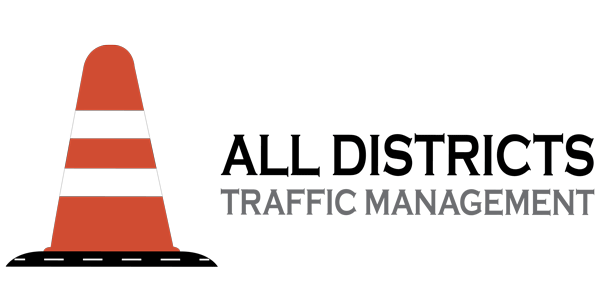Smart traffic signals are bringing about a revolutionary change in the way traffic flow is managed in modern cities. These traffic signals use real-time data and advanced algorithms to dynamically adjust traffic flow and improve efficiency, while reducing congestion. Let’s take a closer look at some of the benefits of smart traffic signals for traffic control.
One of the most significant advantages of smart traffic signals is improved traffic flow. By constantly monitoring traffic patterns and adjusting signal timings in real-time, smart traffic signals can prevent bottlenecks and keep traffic moving smoothly. This not only helps reduce travel times but also helps prevent gridlock, which can cause significant disruptions to businesses and daily life.
Smart traffic signals also have the potential to reduce emissions from idling vehicles. Traffic congestion leads to the unnecessary burning of fossil fuels, which releases harmful pollutants into the air. By reducing congestion, smart traffic signals can help lower these emissions and improve air quality. This, in turn, can have a positive impact on public health and the environment.
Lastly, smart traffic signals offer increased flexibility. With traditional traffic signals, it can be challenging to accommodate changing traffic patterns or unexpected events. However, smart traffic signals can be easily reprogrammed to respond to these changes and help maintain traffic flow. This flexibility also makes it easier for traffic engineers to experiment with different traffic management strategies to find the most effective solutions.

